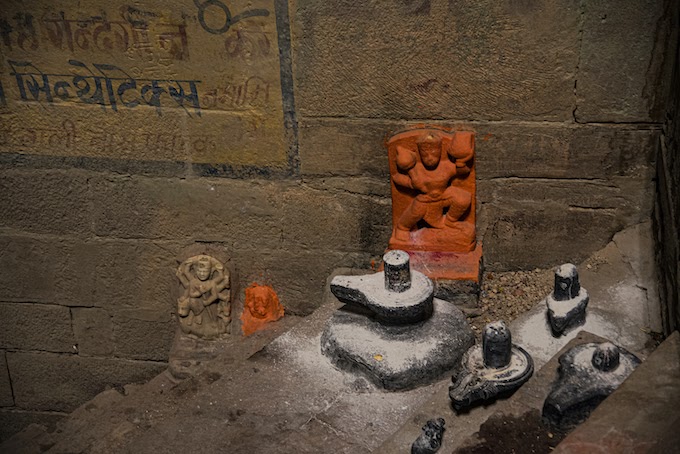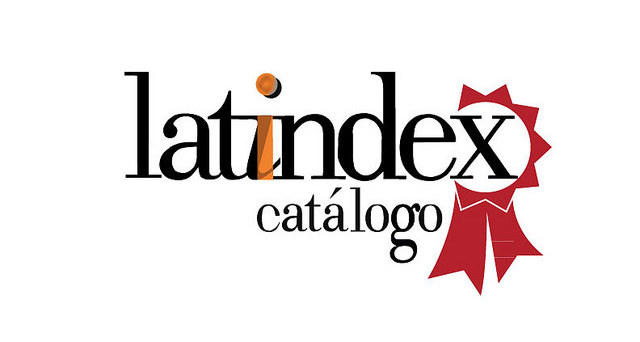Śiva: Nothing About Him Fades, It Just Transforms.
Visual Anthropology of Urban Mythological Art
DOI:
https://doi.org/10.29340/en.v4n7.214Keywords:
Śiva, mythology, Hinduism, rites, India, anthropology, visual anthropologyAbstract
This essay aims to show, using unique images, the way in which myths, in one of their multiple expressive ramifications, materialize into a narrative in what we call plastic expressions of the good traveler. Its minimal units operate with signifiers built on multiple objects that lead the traveler to meanings linked to the beings of the universal gestation. In order to prove our plastic hypothesis, we provide an example of the mythological complex related to Śiva, one of the most important deities of Indian cosmogony, by referring to diverse manifestations and presences of this god in the colorful streets of India.
Downloads
References
Deleuza, Gilles; Guattari, Félix (2006). Rizoma, Ciudad de México: Fontamara.
Doniger, Wendy (2004). Mitos hindúes. Madrid: Siruela.
Dumézil, Georges (2016). Mito y Epopeya. Vol. I, Ciudad de México: Fondo de Cultura Económica de México.
Eliade, Mircea (1981). Tratado de historia de las religiones, México D.F.: Era.
Gell, Alfred (2016). Arte y agencia. Una teoría antropológica. Buenos Aires : Sb Editorial.
Kramrisch, Stella (2003). La presencia de Ṥiva. Madrid: Siruela.
Morín, Edgar (1986). El método. El conocimiento del conocimiento. Madrid: Cátedra.
Muñoz, Adrián (2010). La piel de tigre y la serpiente. Identidad de los nāth - yoguis a través de sus leyendas, México D.F.: El Colegio de México, Centro de estudios de Asia y África.
Muñoz, Adrián; Martino, Gabriel (2019). Historia mínima del yoga. Ciudad de México: El Colegio de México.
Parry, Jonathan. (1994). Death in Banaras. Cambridge: University Press Cambridge.
Paz, Octavio (2004). Vislumbres de la India. Barcelona: Seix Barral.
Rawson, Philip (1992). El arte del tantra. Barcelona: Destino.
Shakespeare, William (2003 [1611]). La tempestad. Buenos Aires: Biblioteca Universal.
Strauss-Lévi, Claude (1971). “Introducción a la obra de Marcel Mauss”. En Marcel Mauss, Sociología y antropología. Madrid: Serie de sociología, pp. 13-42.
Tagore, Rabindranath (2006 [1913]). El jardinero. Ciudad de México: Instituto latinoamericano de la comunicación educativa ILCE. Recuperado de: http://bibliotecadigital.ilce.edu.mx/Colecciones/ObrasClasicas/_docs/Jardinero.pdf
Vatsyayan, Kapila (2001). “La ecología y el mito indio”, en Chantal Maillard, Raimon Panikkar, Òscar Pujol, Juan Miguel de Mora, Rada Ivekovič, et. al., El árbol de la vida. La naturaleza en el arte y las tradiciones de la India. Barcelona: Kairós, pp. 90 – 110.
Zimmer, Heirich (1997). Mitos y símbolos de la India, Madrid: Siruela.

Published
Issue
Section
License
Copyright (c) 2021 Encartes

This work is licensed under a Creative Commons Attribution-NonCommercial 4.0 International License.
Aviso de derechos de autor
- Los autores/as conservan los derechos de autor y ceden a la revista el derecho a la primera publicación con el trabajo registrado con la licencia de atribución Creative Commons, que permite a terceros utilizar lo publicado siempre que mencionen la autoría del trabajo y a la primera publicación en esta revista
- Los autores/as pueden realizar otros acuerdos contractuales independientes y adicionales para la distribución no exclusiva de la versión del artículo publicado en esta revista (por ej. Incluirlo en un repositorio institucional o publicarlo en un libro) siempre que indiquen claramente que el trabajo se publicó por primera vez en esta revista.
El material puede ser copiado, distribuido, comunicado, ejecutado públicamente. Se pueden hacer obras derivadas de él. No se puede utilizar para fines comerciales. Se debe reconocer y citar la obra de la forma en que tú especifiques.









